You don’t need to spend a single penny on Meta or Google Ads to know that the crucial difference between the two is behaviour.
At Yawn, we tend to break it down like this: Facebook users are looking at things, Google users are looking for things. Understanding each platform in those terms doesn’t just cut through a chunk of Silicon Valley spin, it tells you a lot about how to allocate your digital marketing budget.
One of our clients sells interiors, gifts and home furnishings online. Early this spring, we were in the middle of testing a new range of rainbow-themed products when the coronavirus struck and rainbows were all the rage.
The rest of the site’s product range was already hitting a sweet spot for a market stuck at home and looking to tidy (or jazz up) their living space ahead of a long and uncertain lock down. Two products stand out, though, not only for selling well in that period, but for nicely illustrating the difference between Meta and Google’s advertising platforms.
Meta ads
The first is a rainbow doormat.
If you want to serve up something bright and colourful to as many eyeballs as possible… well, Facebook is your platform.
This doormat sold out within a few hours of our Facebook ads going live and, after re-stocking, it sold out again the next day. And the next day, and the day after that.
In this case, the click-through-rate was extremely high and the cost-per-click was nice and low. Discovering a great product and a great place to market that product is obviously a winner. Cheap clicks to your website are rarely a bad thing, but identifying a flagship product that drives the right kind of traffic can be a game changer… Because we didn’t just have that doormat sell out.
Instead, we saw a measurable trickle-down effect. Dozens of products sold at accelerated rates and with a huge number of those sales attributable to clicks on Facebook and on that rainbow doormat. Essentially, if you thought that product was cool then you were very likely to dig the rest of the range.
Whether it’s a cat video or pictures of your ex-girlfriend, our challenge as social media advertisers is to distract you from what you’re looking at. That’s the basic premise, but the smart money is in finding those flagship products or writing flagship content that represents the brand and distracts the right kind of person.

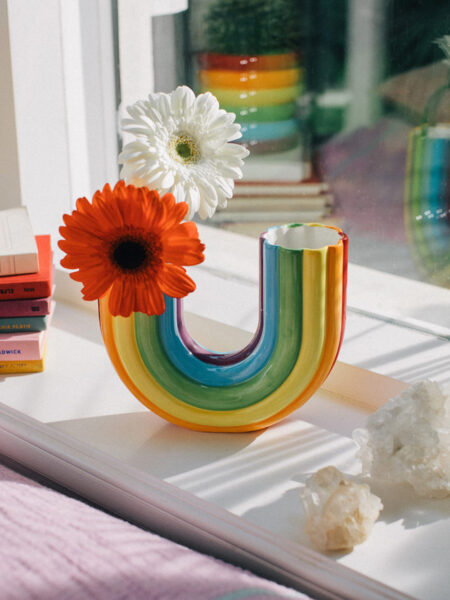
Google ads
The second big seller was a rainbow vase, thanks in part to its appearance on ITV’s This Morning.
The segment was about homemade face masks and the vase was only in the background of a shot. It wasn’t referred to at all, but the number of sales following that appearance was staggering. Crucially, though, every one of those purchases came from a Google ad.
TV is still a powerful thing. Getting placement on the show was lucky, particularly while so many people were stuck inside and glued to their screens. But advertising is rarely a speculative exercise and getting a Google ad in the right place at the right time is all about doing your homework.
Other retailers had the same product, many were advertising on the same platform and some had it at a better price. But an intelligent Google Ads setup will use search data to beat the competition for the right kind of searches and it won’t waste money on the wrong ones.
The time we take to dig through data tends to pay off. The way that we structured our campaigns meant that we knew what searches to prioritise that morning, because we already knew which ones were likely to convert. It’s not a case of getting more visibility than your competition, it’s about getting the right kind.
We create interest with social media advertising, but search ads have more to do with targeting the interest that’s already there. You’re looking for something on Google and if you’re a genuine lead then our task as paid search advertisers is to make sure you find us.
Where should you advertise?
It’s a boring question with a boring answer: it depends.
Facebook and Google are a big part of most people’s marketing mix. Often you’ll want to use both, sometimes you won’t want to use either. But the most important thing, surely, is to get your head around the difference?
Author: Sam Edwards




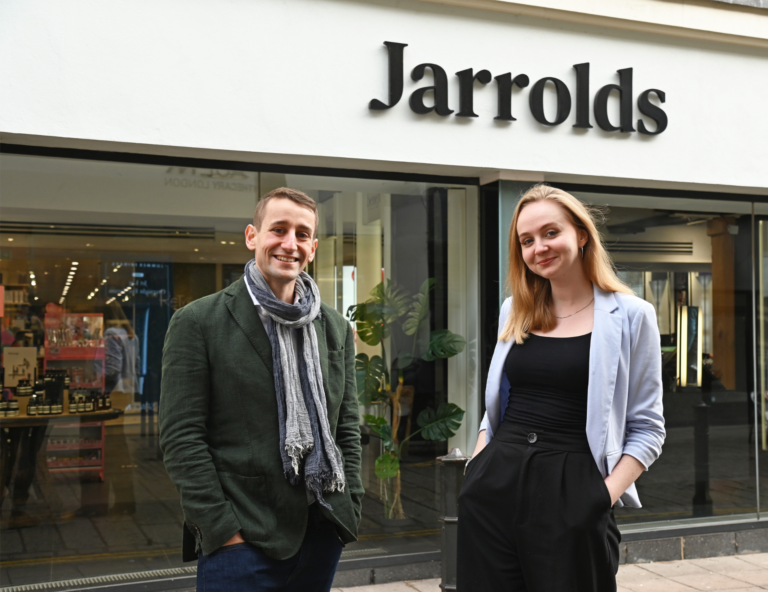












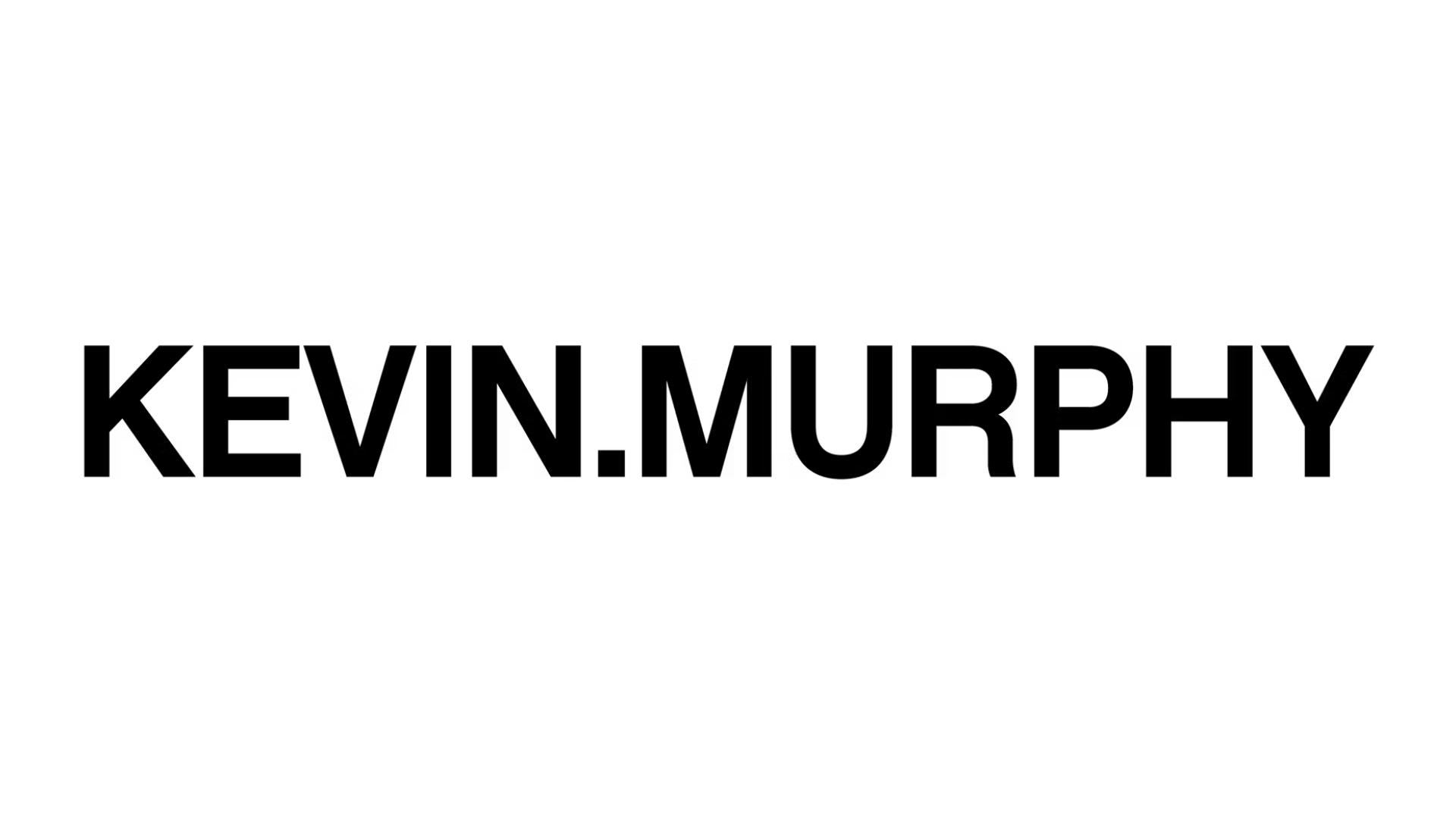
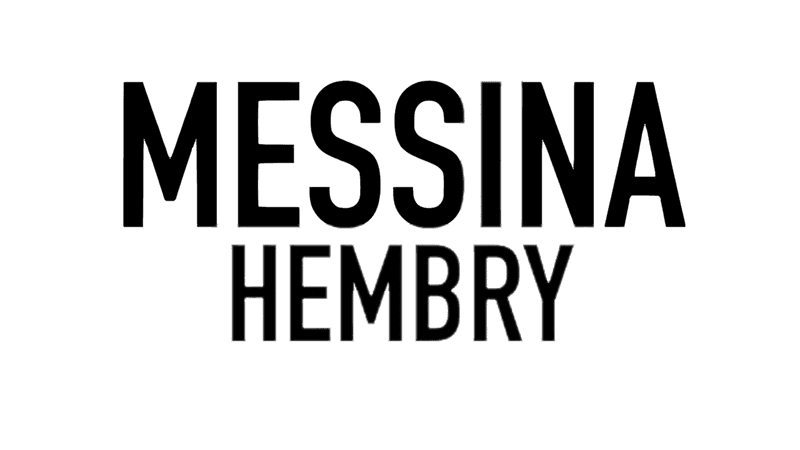
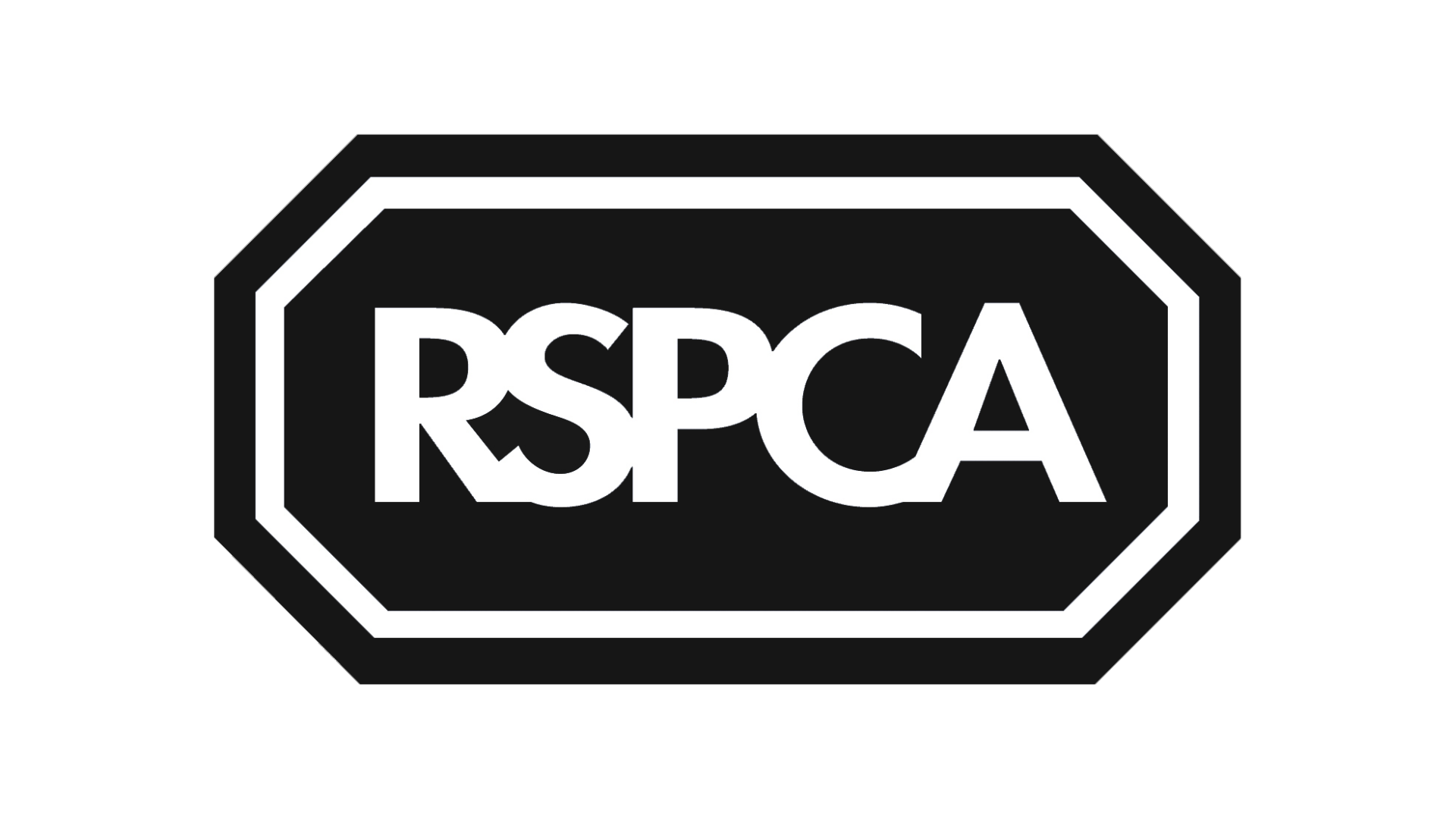


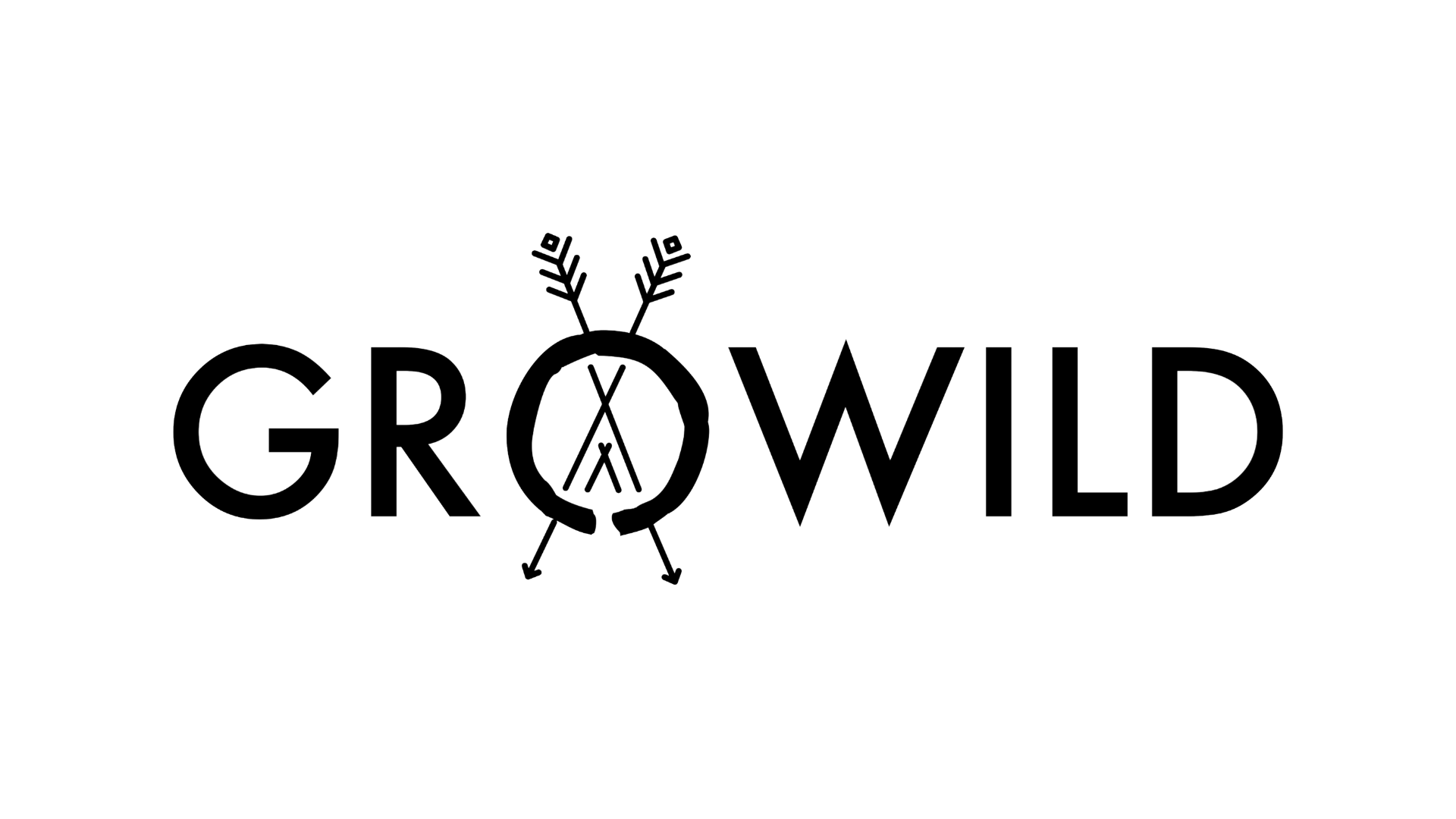



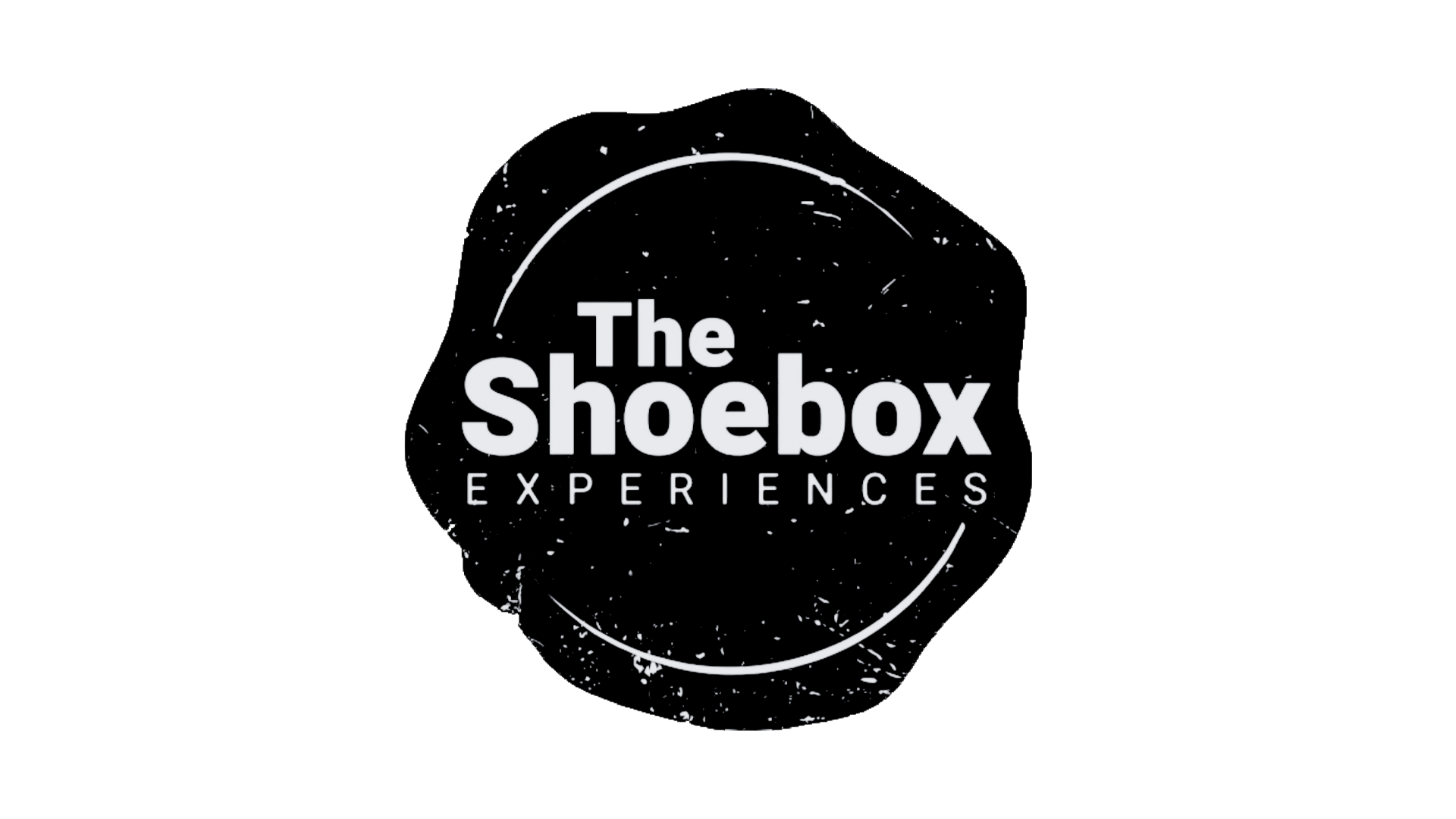


![[removal.ai]_7f27bf29-db53-435d-a634-4d6e7d4c0038](https://yawnmarketing.co.uk/wp-content/uploads/2023/01/removal.ai_7f27bf29-db53-435d-a634-4d6e7d4c0038.png)
![[removal.ai]_fb8dfe21-d7f5-4548-bd32-4e066ba3f972](https://yawnmarketing.co.uk/wp-content/uploads/2023/01/removal.ai_fb8dfe21-d7f5-4548-bd32-4e066ba3f972.png)
![[removal.ai]_a1271f54-b85f-4d55-8c8c-c0c256beb093 (1)](https://yawnmarketing.co.uk/wp-content/uploads/2023/01/removal.ai_a1271f54-b85f-4d55-8c8c-c0c256beb093-1.png)
![[removal.ai]_b81ff4af-ccff-4d3c-b358-e094865820af](https://yawnmarketing.co.uk/wp-content/uploads/2023/01/removal.ai_b81ff4af-ccff-4d3c-b358-e094865820af.png)
![[removal.ai]_60636a21-0918-4e97-8dff-085e9821386e](https://yawnmarketing.co.uk/wp-content/uploads/2023/01/removal.ai_60636a21-0918-4e97-8dff-085e9821386e.png)
![[removal.ai]_tmp-63bc0f493a216](https://yawnmarketing.co.uk/wp-content/uploads/2023/01/removal.ai_tmp-63bc0f493a216.png)
![[removal.ai]_258a25d0-cf81-49e2-97ea-eb5dba513e42](https://yawnmarketing.co.uk/wp-content/uploads/2023/01/removal.ai_258a25d0-cf81-49e2-97ea-eb5dba513e42.png)
![[removal.ai]_tmp-63bc0fb550b31](https://yawnmarketing.co.uk/wp-content/uploads/2023/01/removal.ai_tmp-63bc0fb550b31.png)
![[removal.ai]_tmp-63bc100312311](https://yawnmarketing.co.uk/wp-content/uploads/2023/01/removal.ai_tmp-63bc100312311.png)
![[removal.ai]_932dba74-335e-465d-a995-b96be4cec293](https://yawnmarketing.co.uk/wp-content/uploads/2023/01/removal.ai_932dba74-335e-465d-a995-b96be4cec293.png)
![[removal.ai]_tmp-63bc101f25d1c](https://yawnmarketing.co.uk/wp-content/uploads/2023/01/removal.ai_tmp-63bc101f25d1c.png)